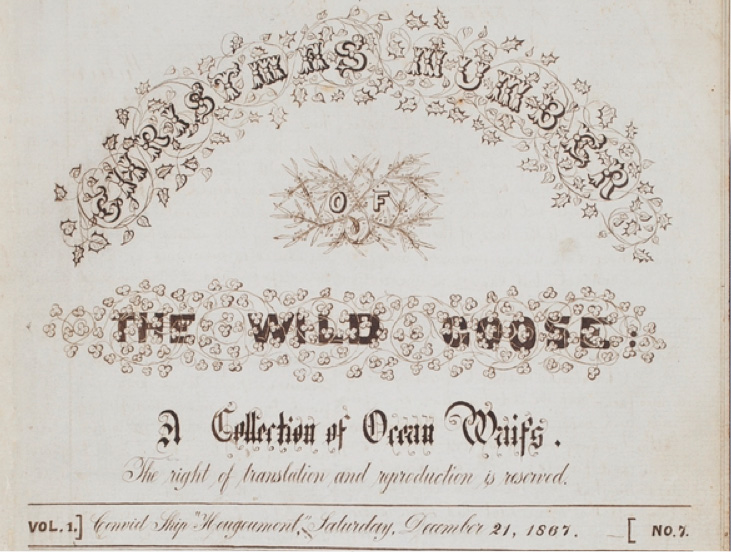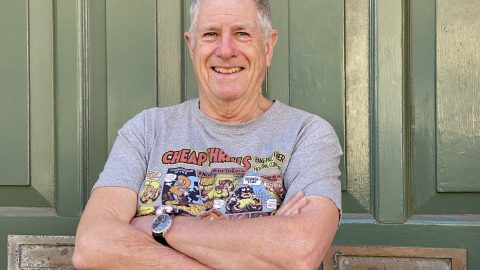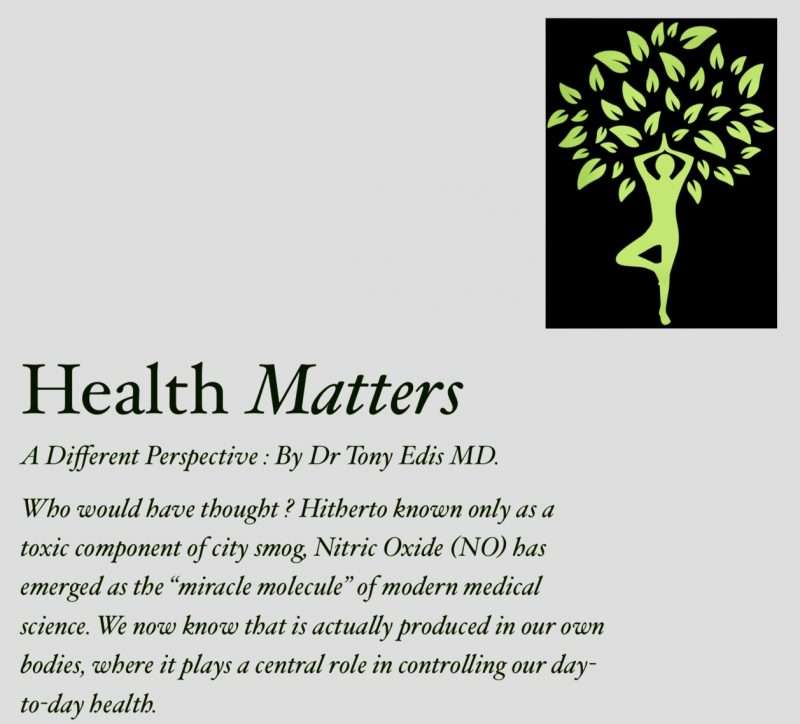
NITRIC OXIDE AND YOUR HEALTH – IT’S NO LAUGHING MATTER!
Now, be honest, how many of you have even heard of nitric oxide in a medical context?
No, it’s not “laughing gas “ which earned some notoriety in the past as an hallucinogenic party fad — that’s Nitrous Oxide or N2 O, which has actually been a conventional anaesthetic agent for over a century.
Nitric Oxide or NO, which has only the one nitrogen atom, is a horse of another colour, entirely.
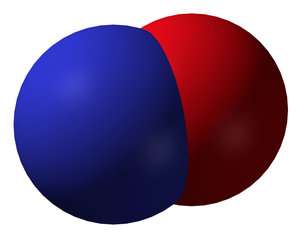
NO is a small, startlingly simple and highly reactive gaseous molecule. It may seem fanciful to suggest that it might serve a beneficial biological role in the human body, but it does, in fact, act as a crucial “Jack-Of-All-Trades” in the function of not only the cardiovascular system but also the nervous, respiratory and immune systems as well.
THE STORY OF ITS DISCOVERY
The story of its discovery is laced with irony.
Right up until the early 1990s, no-one suspected that this noxious pollutant, known as a component of city smog, could have any beneficial effects. Yet, by 1992 it was being proclaimed a “magical gas” and was nominated by the Journal of Science as “molecule of the year”. To cap it all off, the Nobel Prize was awarded in 1998 to the three investigators who revealed its natural production and function in the human body.
As early as the mid nineteenth century, it was known that minute quantities of the chemical nitroglycerine, when placed under the tongue, were effective in relieving angina — the crushing chest pain experienced as a prelude to a heart attack — but no-one knew why.
Its effect seemed all the more mystifying, as nitroglycerine was known to be the active chemical in the explosive, Dynamite, which was invented in 1867 by Alfred Nobel. Alfred, himself suffered from angina and when ordered by his doctor to take nitroglycerine, he refused, writing to a friend: “Isn’t it the irony of fate that I have been prescribed nitroglycerin, to be taken internally! They call it Trinitrin, so as not to scare the chemist and the public.” After the devastation of WWI, Alfred didn’t want to be remembered solely for his creation of Dynamite, so he put money towards a Nobel prize in peace, science, and medicine.
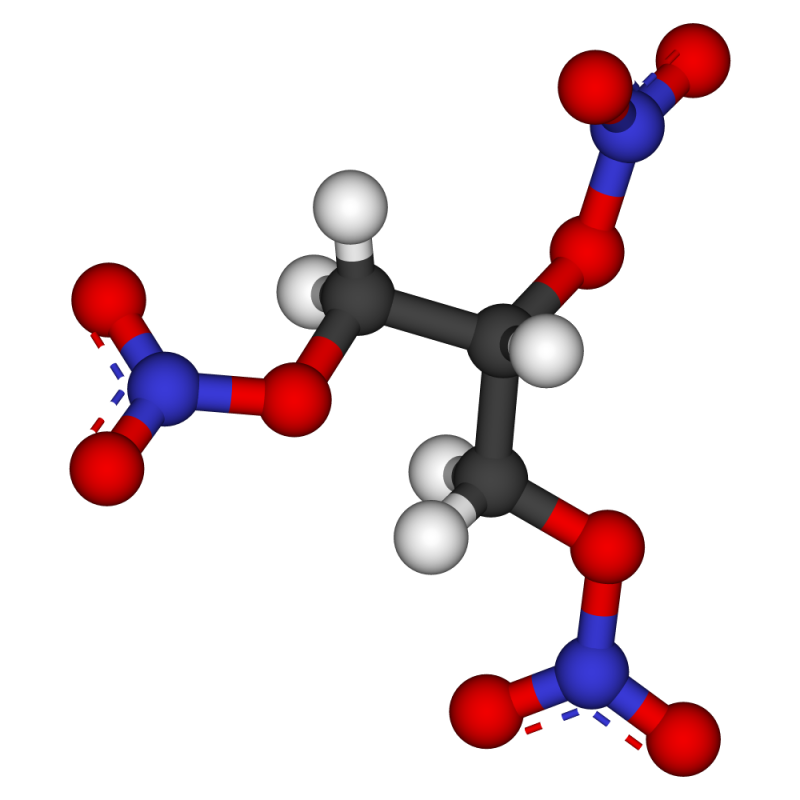
Nitroglycerine
It turns out that nitroglycerine, is a potent blood vessel dilator, which is able to relieve angina by causing relaxation of the smooth muscle in the wall of the coronary arteries.This vasodilator effect results from the release of NO by the drug. NO in turn sends a signal to a chemical compound (cGMP), described as a “second messenger”, because it is cGMP which actually causes the release of neurotransmitters and hormones to relax and open up the coronary arteries. This restores blood flow and oxygen supply to the heart muscle, fending off a heart attack.
For those of you interested in further scientific detail, the following two sections explore the biochemistry underlying the production and action of NO. The casual reader may prefer to skip over them.
HOW IS NITRIC OXIDE PRODUCED IN THE BODY?
Nitric oxide is also normally produced in our body by a chemical process carried out by a family of protein enzymes, known as NO Synthases. These synthases oxidise the amino acid, L-arginine (which is present in high concentrations in blood, extracellular fluid and within cells) to yield citrulline and NO. This process occurs in the endothelial cells lining the walls of blood vessels; in nerve cells in the brain and peripheral nervous system ; in macrophages, which are the white blood cells in the front line of our innate immune and inflammatory responses; and in the epithelial cells lining the nasal passages and sinuses.
HOW DOES IT WORK?
NO’s receptor target is actually a haem group containing iron which is located in the active centre of the enzyme (known as gaunylyl cyclase) which presides over the production of cGMP. By binding to the iron in the haem group, NO initiates a three- dimensional change in the shape of the enzyme, increasing its activity a thousand fold to drive the production of cGMP into high gear.
Once produced, cGMP can have a number of effects in cells, mediated through the activation of another enzyme, called protein kinase G (PKG).
HERE IS A FULL LIST OF NITRIC OXIDE EFFECTS
Nitric Oxide is known to have a wide spectrum of biological effects.
Cardiovascular System
NO’s role in the cardiovascular system is pervasive.
• It is the principal regulator of blood pressure by causing relaxation of blood vessels
NO is constantly produced in tiny pulses by the endothelial cells which line the blood vessels, in response to normal shear stress induced by blood flow. It diffuses across the cell membrane of the smooth muscle cells of the blood vessel wall where it meets its receptor target, leading to the production of cGMP and the relaxation of those muscle cells.
The blood vessels dilate as a result, improving blood flow and easing blood pressure.
This process occurs with each heart beat, as the action of NO is very short-lived (0.2 seconds) and the c-GMP is also rapidly destroyed, by enzymes called phosphodiesterases —- the most important being PDE-V.
• NO has also been found to be the natural regulator of penile erection through its action on the penile vasculature
NO relaxes the smooth muscle in walls of the penile blood vessels and in the corpora cavernosa to cause an erection.
In 1985, the pharmaceutical company Pfizer, decided to develop a new class of vasodilators utilising the action of NO to treat angina and high blood pressure by blocking the enzyme (PDE- V) responsible for its degradation.
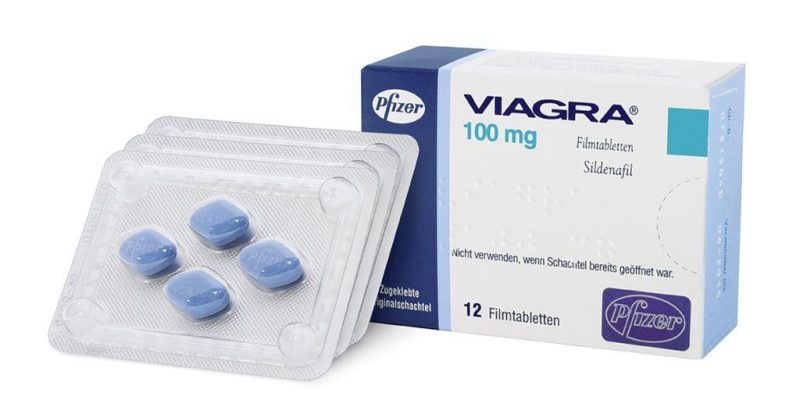
One of these drugs (Sidenafil, or Viagra) underwent clinical trials, starting in 1991, to test its safety in healthy volunteers. The drug passed the safety test but the men in the trials reported an interesting side effect; they had more frequent erections. When subsequent trials were performed testing the efficacy of the drug in men with angina, it produced the same side effect —more frequent erections.
It will perhaps come as no surprise to learn that Pfizer then redirected its research and development strategy with Viagra, focusing their efforts on men with erectile dysfunction. Today, annual global sales of Viagra and its generic equivalents (patent protection expired outside the U.S. in 2012) top $US 2 billion.
• NO prevents circulating blood from clotting by inhibiting the aggregation of platelets
Under normal conditions, blood is prevented from clotting as it flows through the circulation by the endothelium lining the blood vessels. This is achieved by several different mechanisms, including the release of NO by the endothelial cells.
NO again works its magic via a c-GMP-dependent action which inhibits factors that cause an alteration in the shape of the platelets. By preventing this change in the shape of the platelets, NO prevents their activation and subsequent aggregation — which would otherwise lead to their clumping and the clotting of blood.
Immune System
• Macrophage Function
Macrophages are a type of white blood cell. They provide the first line of defence by our innate immune system. Not only are they capable of physically engulfing invading microorganisms (phagocytosis), but once they are activated by foreign invaders or their toxins, they are also able to convert arginine into NO, which is released into the surrounding intercellular fluid.
The highly toxic, free radical NO kills bacteria, fungi and tumour cells by inhibiting their energy-producing activities and by causing direct damage to their DNA.
Nervous System
• Transmission of nerve signals across synapses
NO plays a key role in the neuronal control of gastrointestinal motility by synaptic transmission of signals in the network of nerves in the walls of the gut.
In the spinal cord, it is involved in the synaptic transmission of pain signals.
In the brain it activates synapses in the area of the brain known as the Hippocampus, which is known to play a leading role in recall, learning and memory.
• NO plays a key role in Microglial function
Microglia, which belong to the monocyte/macrophage brain system of white blood cells, carry out a protective role needed to maintain a healthy brain. Microglia survey the whole brain each 24 hr cleaning up injurious metabolites from the brain parenchyma.
The washout of metabolites from the brain is also facilitated by NO-mediated dilatation of the cerebral blood vessels to improve blood flow.
Respiratory System
It has been known for some time that NO is produced by epithelial cells in the mucosal lining of the nose and sinuses but its exact role is far from clear.
• Host defence
NO is effective in killing a range of bacteria, fungi and viruses, even at concentrations as low as 100 part-per-billion (ppb). When you consider the fact that local concentrations of NO in the nasal airways can reach as high as 30,000 ppb under natural, physiological conditions, it’s not unreasonable to suggest that NO may have a significant role in day-to-day host defence, killing microorganisms in the inspired air and thus preventing airway infection.
• Oxygen uptake and Pulmonary Blood Flow
NO derived from the upper airways has also been shown to improve oxygen uptake by relaxing the smooth muscle of the trachea and bronchi, thereby increasing air intake into the lungs. It also dilates the blood vessels coursing through the lungs to improve blood flow through the ventilated lung tissue, thus elevating gas exchange.
WHAT ARE THE PRACTICAL IMPLICATIONS OF THIS KNOWLEDGE?
• Treatment of Respiratory Failure
Treatment with inhaled NO (at a concentration of 800ppb) has been trialled as a rescue treatment to improve oxygenation in respiratory failure suffered by newborn babies with impaired blood flow through their lungs (i.e.”persistent pulmonary hypertension of the newborn”) and also by patients with severe viral lung infections. Fortunately, in these cases, inhaled NO has little effect on the main, systemic circulation because of its extremely short half life and because it is is inactivated in the lungs before it gets back to the heart by binding to haemoglobin contained in the red blood cells circulating in the bloodstream.
In the newborn babies with pulmonary hypertension, it has been shown to improve oxygenation but it has not improved survival.
During the previous SARS virus epidemic, inhaled NO therapy was tested in six patients and was a found to improve arterial oxygenation. However, there is little information, so far, about trials of such treatment in COVID-19 patients with respiratory failure. It would appear that other effective antiviral therapies have eclipsed this therapeutic initiative.
• Other claims of therapeutic benefit
Since the discovery that NO is produced by the mucosal cells lining the nasal passages and sinuses, much has been made by various pundits on YouTube and other popular Internet forums about the purported advantages of nose-breathing as opposed to mouth-breathing.
It has been claimed by no less an authority on NO as Professor Louis Ignarro (one of the co-awardees of the 1998 Nobel Prize for discovering how nitric oxide is produced in the body and how it works) that by inhaling through the nose and exhaling through the mouth, as in practicing yoga, one can help ward off coronavirus infection.
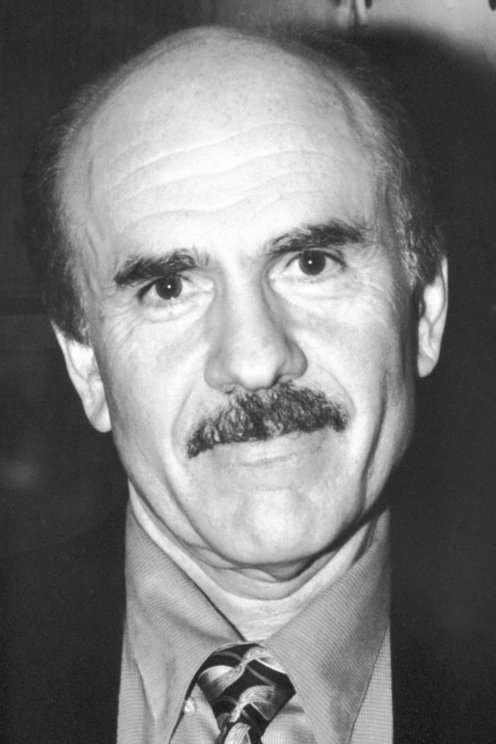
Professor Louis Ignarro. Credit Nobel Prize Organisation
Unfortunately, Ignarro’s scientific credibility has been somewhat compromised in recent years by his spruiking of various Herbalife products of dubious health benefit, for personal financial gain. One such product was a nutritional supplement called “ Niteworks”, a dietary supplement claimed to boost the body’s own production of nitric oxide. Ignarro endorsed this product in exchange for a royalty agreement reported to have earned his consulting firm over $1 million in the first 12 months.
Others have hopped on the nutritional NO bandwagon promoting various diets and supplements rich in nitrates. The story is that the nitrates in food mix with facultative anaerobic bacteria in crypts and grooves in the tongue where they are reduced to nitrites, which are then converted by acid in the stomach to NO. This dietary source of NO is said to supplement the innate production of NO (which we are told declines with age), thus helping to maintain normal blood pressure and a healthy cardiovascular system. The scientific evidence for such claims is scanty.
The same can be said for fad diets and supplements touted to reduce stress and to improve exercise tolerance and brainpower.
Other mainstream scientists are working on ways to build on the age-old success of NO in relieving angina with sublingual nitroglycerine and other nitrate medications, by exploring how to use NO donor molecules (e.g.,arginine, citrulline, nitrites) and phoshodiesterase inhibitors (e.g., Viagra) in formulating drugs that can be administered orally or by injection to improve blood pressure control and to protect against impending heart attack or stroke.
Bringing all this to a conclusion, NO has been described as a therapy in search of an indication but I’m sure the future holds a special place for this magical gas in the service of mankind.
* This article was written by Anthony J Edis MB, BS, (Hons), MD, FACS, FRACS
In case you missed Dr Edis MD’s previous articles here they are –
#1 addressed the Intermittent Fasting trend
#2 dealt with the Food Guide Pyramid and dietary fat.
#3 discussed the ‘Lowdown’ on cholesterol and statins
#4 explained what to do when someone has a heart attack
PLEASE HELP US TO GROW FREMANTLE SHIPPING NEWS
FSN is a reader-supported, volunteer-assisted online magazine all about Fremantle. Thanks for helping to keep FSN keeping on!
** Don’t forget to SUBSCRIBE to receive your free copy of The Weekly Edition of the Shipping News each Friday!




